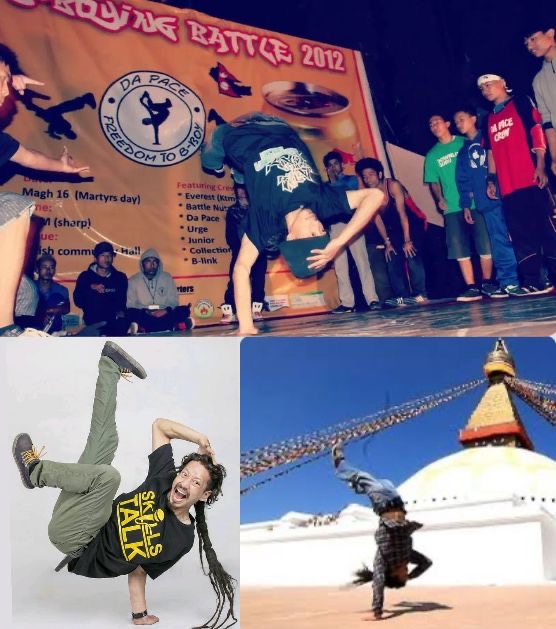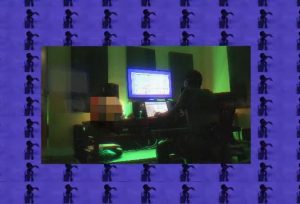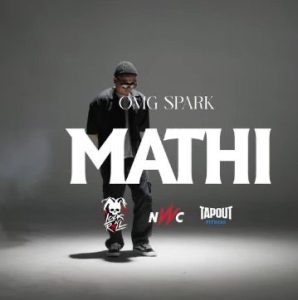
The beginning of Bboy in Nepal and the journey of Nishanta Gauchan aka Nhurr.
Akram sekh, itahari
B-boying, or breakdancing, has a long history in Nepal, dating back to the late 1990s and early 2000s. Influenced by international media and the global hip-hop movement, young Nepali dancers began experimenting with breakdancing moves. As interest in hip-hop culture grew, Nepali youth formed their own b-boy crews and dance groups, such as Everest crew, Break The Floor, and Da Legendary Steps, organizing local battles, workshops, and performances.
Despite facing challenges like limited resources for training, lack of exposure, and social stigma, dedicated dancers persevered, honing their skills through practice and collaboration. Over time, b-boying gained recognition as a legitimate art form in Nepal, integrating into cultural events, music videos, and Nepali cinema.
Nishanta Gauchan is synonymous with b-boying in Nepal. As a first-generation b-boy artist, he has been a witness to the evolution of b-boying in the country. He discovered this art form during his teenage years through videos and local dance events. Nishanta co-founded Nepal’s first organized b-boy crew, providing a crucial platform for like-minded dancers to train and compete. His efforts in bridging cultural gaps and promoting artistic exchange have earned him widespread recognition.
As his reputation soared, Nishanta began representing Nepal on international stages, earning respect and admiration from dancers worldwide. Additionally, he is one of Nepal’s pioneering beatboxers, supporting this culture from its inception. His contributions extend to other elements of hip-hop, including battle rap, where he has made significant strides. Nishanta Gauchan’s impact on the Nepali hip-hop scene is truly immeasurable.





